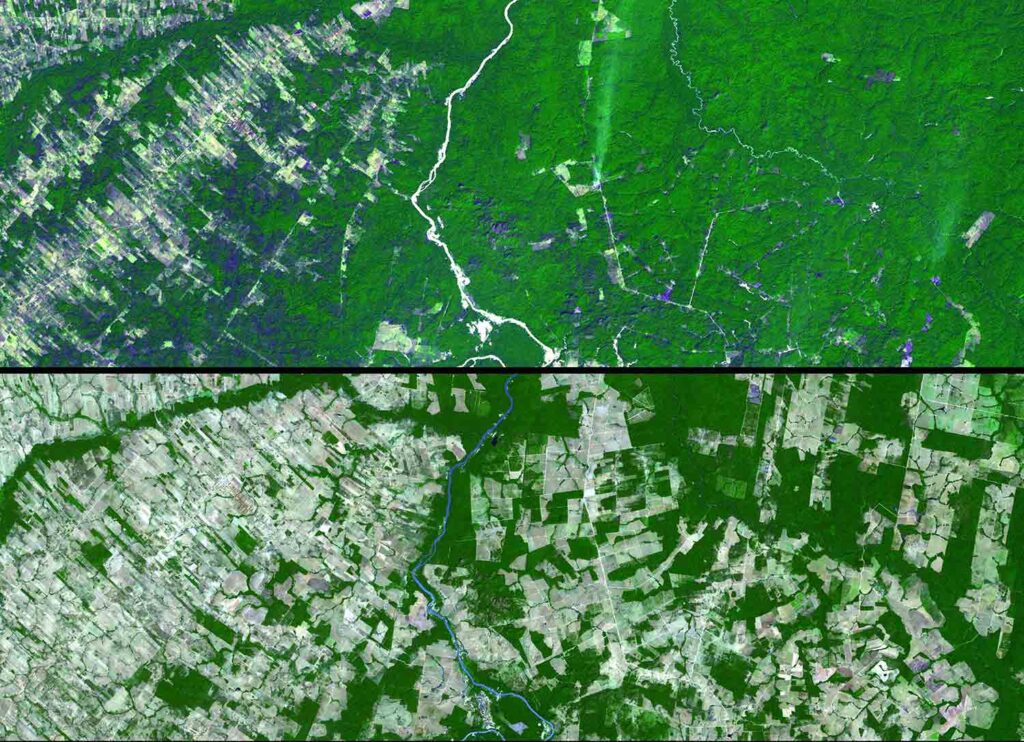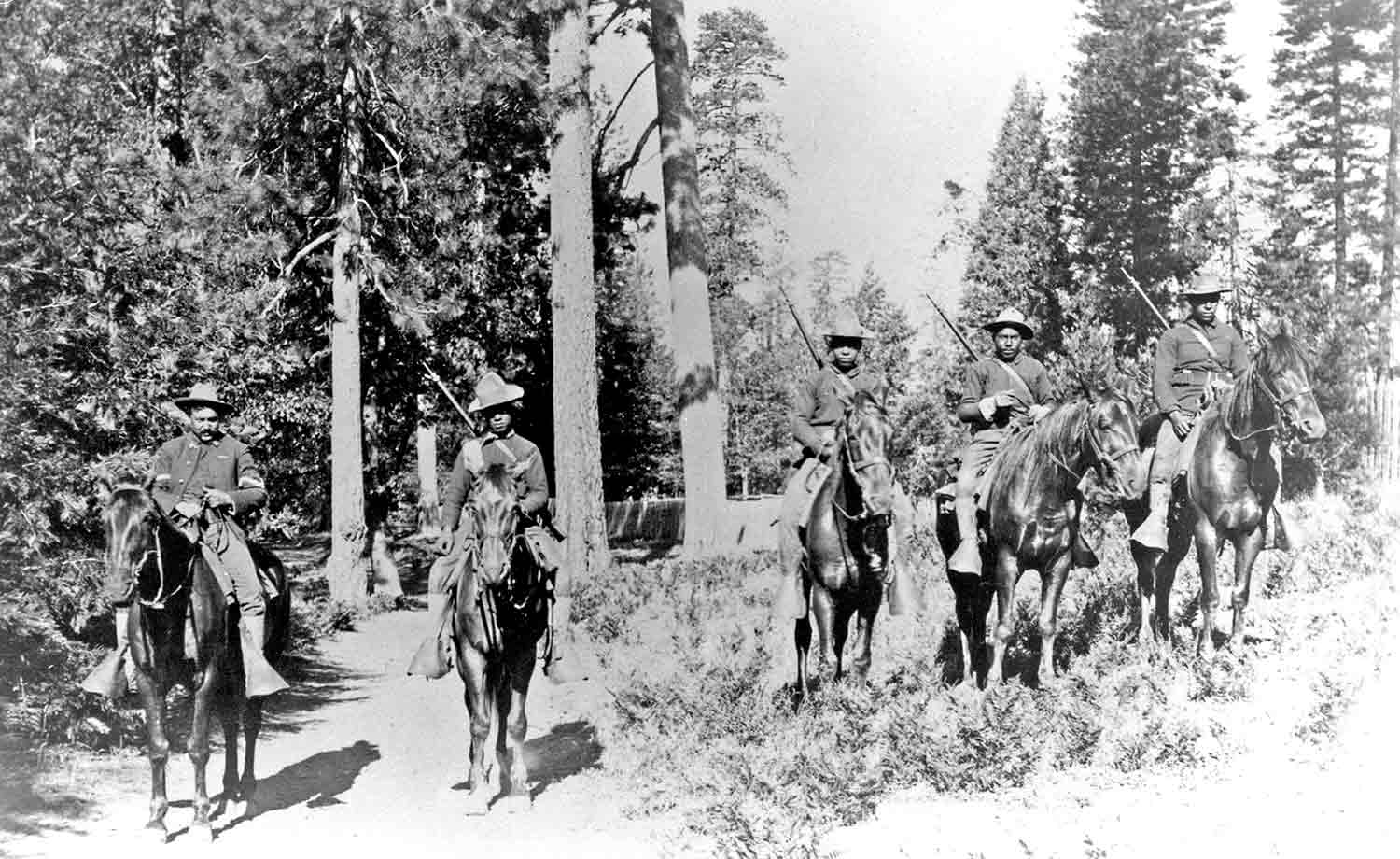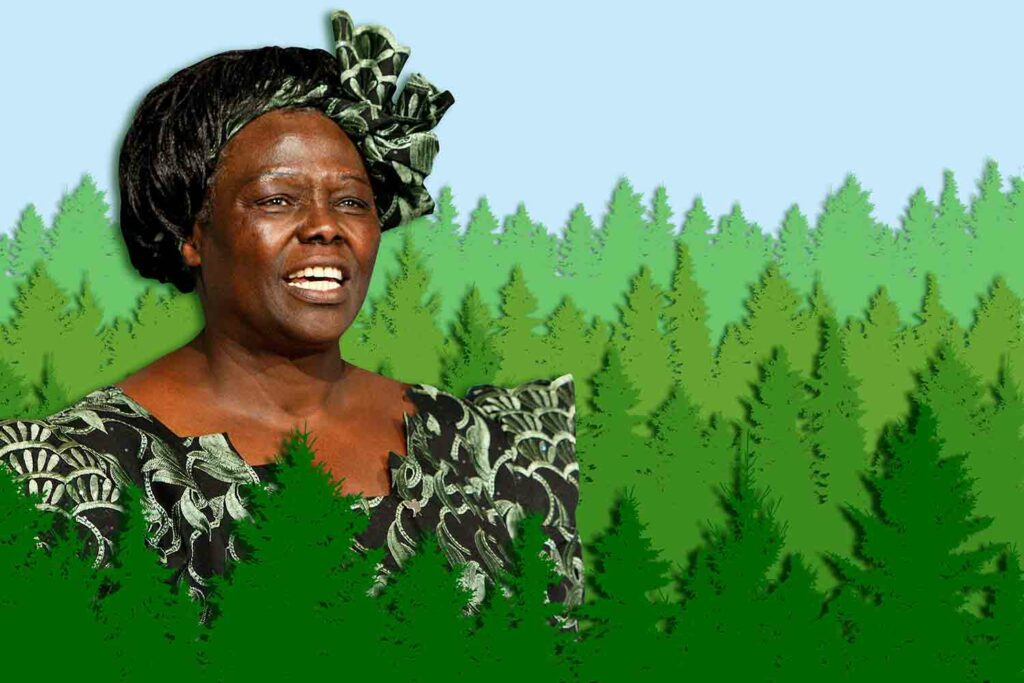From One Tree to Many
Felix Finkbeiner is on a mission to get young people around the world to plant trees.
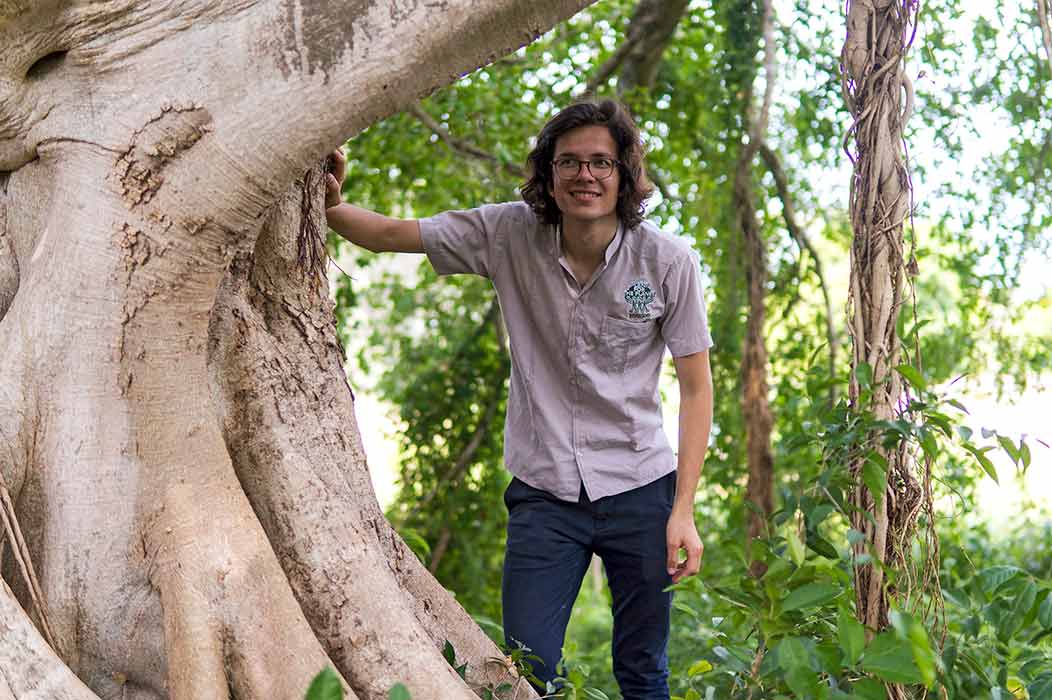
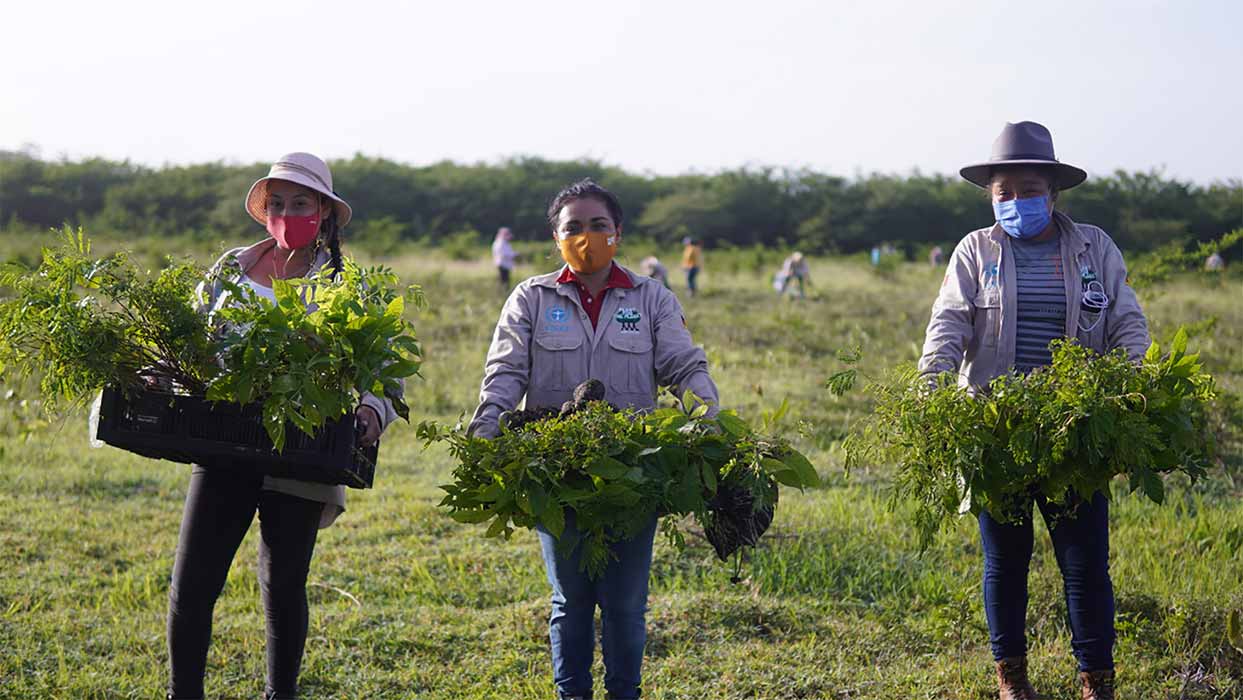
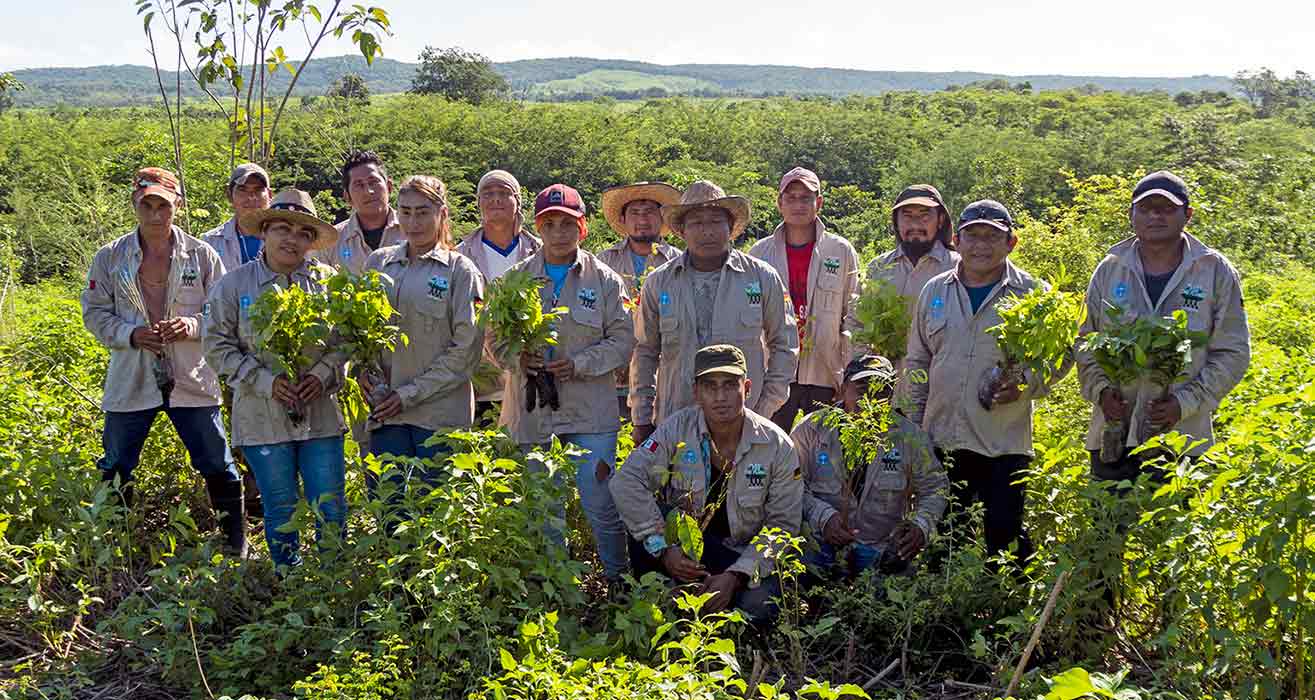
© Plant-for-the-Planet
Felix Finkbeiner planted his first tree when he was 9 years old. Now 25, he’s on a mission to get young people around the world to do the same.
Currently, there are about three trillion trees on the planet—about half as many as there once were. That’s a problem. Trees release oxygen and take in carbon dioxide—a major ingredient in the climate crisis. They also provide cooling shade, slow soil erosion, and help control flooding.
Finkbeiner’s organization, Plant-for-the-Planet, encourages and empowers children and young adults to help restore the world’s trees. Finkbeiner, who grew up in Germany, was inspired to take on tree loss after reading about Wangari Maathai, an activist from Kenya who led a movement to slow deforestation that resulted in the planting of 30 million trees.
When he was in fourth grade, Finkbeiner gave a presentation in front of his class. He told his classmates that kids in each country should plant one million trees. On March 28, 2007, he and his classmates planted a crab apple tree in front of their school. Soon after, Finkbeiner launched Plant-for-the-Planet, and within three years, the organization’s tree count had reached one million.
Finkbeiner says one reason Plant-for-the-Planet caught on was that it was created by a kid, and therefore received a lot of media attention. When kids around the world heard about it, they wanted to help—and they started planting trees.
Trees are among the best tools we have to take on the climate crisis, Plant-for-the-Planet says.
